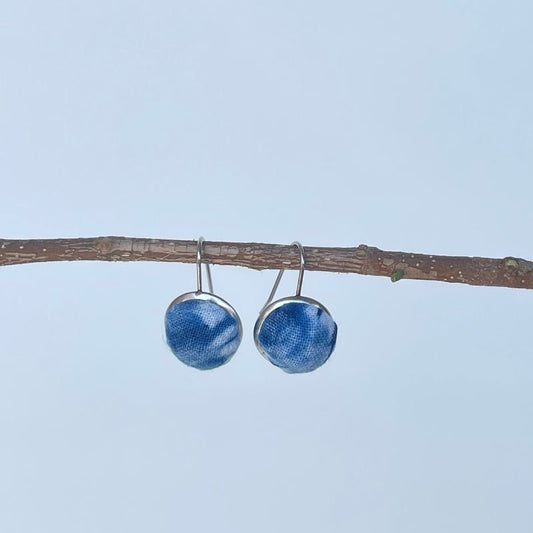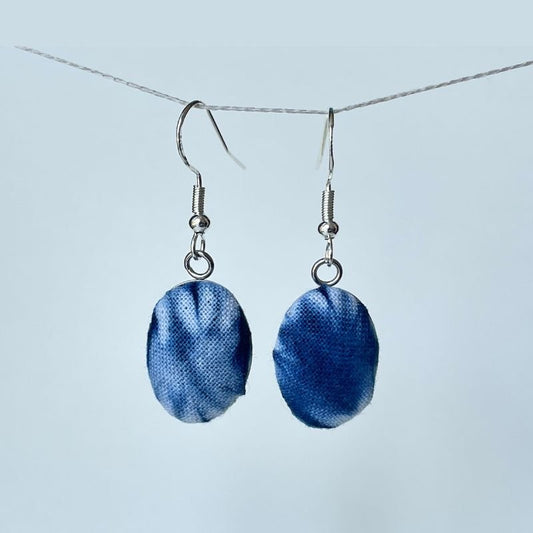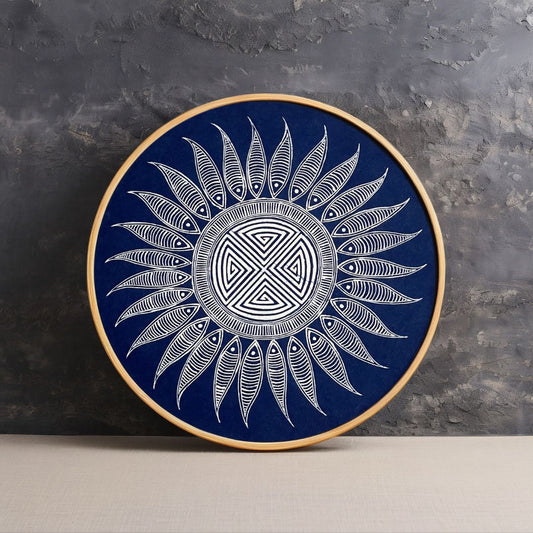Miao Batik, is China's folk traditional textile printing and dyeing handicraft, the ancient name of wax val, and twisted val (tie-dyeing), gray val (openwork printing), clip val (clip-dyeing) and known as China's ancient four major printing techniques.
As early as the Qin and Han Dynasties, the Miao people had mastered the technique of batik, which reached its peak in the Song Dynasty. Miao girls learned batik since they were young, and took the world in their eyes, colored it, imagined it, and created a wonderful, dreamy, mythical world. Batik is the language of the Miao girls, and also their words, and is therefore regarded by scholars as "the history book on the body".
Around November every year, between the frost and the beginning of winter, the Hmong girls go to the mountains to collect bluegrass. After 3-4 days of soaking in the dyeing pot, the original water turns blue-green, and the magic of the bluegrass takes effect. Wise Miao girls add lime to the indigo water and adjust the color by controlling the proportion of lime.
For the batik patterns in Guizhou, craftsmen use wax knives dipped in melted wax solution to draw directly on top of the cloth. After drawing various patterns on the cloth and then dipping it in indigo, the cloth is then dyed through the steps of fixing the color, dewaxing, washing and drying to make the cloth present a variety of patterns of white flowers on a blue background or blue flowers on a white background.
Batik patterns, on the other hand, vary from region to region in many different styles and forms, and all of them have high aesthetic value, no matter they are delicate or rough, mellow or hard. So to appreciate batik, you need to compare batik works of different origins together to feel the unique artistic charm of batik.
This kind of improvisation from the depths of the soul, accumulated in life and inheritance, is vivid, flexible and unrepeatable.
For those interested in learning more about the Miao intangible cultural heritage - Miao batik, please check out this detailed [Google Arts & Culture story]










